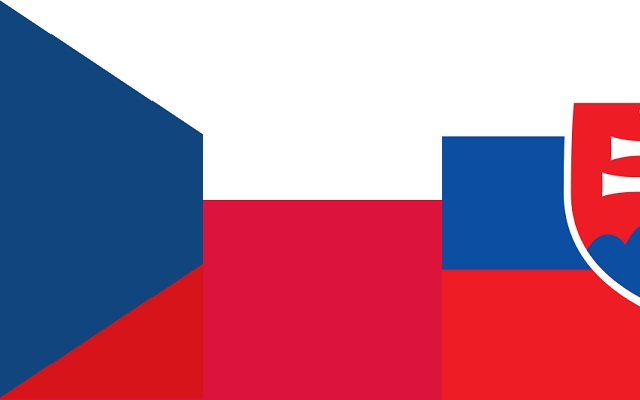The Slavic languages constitute a large group of related languages found mostly in Eastern Europe, the Balkans, and Russia. To further distinguish this diverse group, the Slavic languages are divided into three subgroups – East, West, and South Slavic. Czech, Polish, and Slovak are all members of the West Slavic group – a bunch of very closely related languages. Much like the Scandinavian languages, they have had a long history of developing together and influencing each other.
But even with such a level of shared evolution, would it be fair to say these languages are pretty much the same?
Table of Contents
Geographical Closeness and a Complicated History
The West group started separating from the other Slavic tongues at around the 7th century and the process lasted for quite a few hundred of years. Until then, there were fewer distinctions between the three subgroups, all of which are descended from the mythical ancestor of Proto-Slavic. Mythical because no actual writings in this language have been found, and it has been reconstructed by simply comparing the existing Slavic languages.
The West Slavic languages were contained to a fairly small geographical area but, nonetheless, experienced rather different histories. During the 10th century, some West Slavic tribes established their own state which became the predecessor for today’s Poland. A century before, a similar process had already happened in Bohemia – a territory that is now considered a part of the Czech Republic. As is often the case with small emerging states, they quickly fell under the influence of larger players in the region. Bohemia was incorporated into the Holy Roman Empire, the Slovaks into the Hungarian empire. Things went a bit better for the Polish state which ended up as a partner of the Holy Roman Empire.
Czech-Slovak v. Polish
Although the extremely closely related Czech and Slovak languages faced a different historical path, with Czech (Bohemia) being incorporated into the Holy Roman Empire and Slovaks being under the influence of Hungary, their histories started taking the same course again when the Habsburg rule united them in the same empire.
From the 10th to 12th centuries, these two languages also started taking a different course from Polish. Today, they are classified together as the Czech-Slovak subgroup in the West Slavic languages, while Polish belongs to the Lechitic subgroup.
From this, it becomes obvious that while all the West Slavic languages are closely related, some are closer than others.
Mutual Intelligibility and Differences
In some ways, all the Slavic languages share quite a lot in common. Despite the different writing systems used, there are a lot of similarities in the grammar used in, for example, Russian, Polish, and Ukrainian. This is not necessarily true when it comes to vocabulary but you will find a lot in common in the grammatical rules used within these languages.
So, if the grammar is already similar in the wider Slavic group, you can imagine that the more closely related West Slavs have even more to share. Since the differences within vocabulary come down to different historic influences, the Czech-Slovak language which is already closely related, also shares so much of vocabulary as to be mutually intelligible to a high degree. In many ways, it is impossible to distinguish between these two. Most of the differences come more down to regional dialects than an easily distinguishable distinction between the languages.
Somewhat separate from the Czech and Slovak languages stands Polish. Still, in most cases, native speakers of Polish and Slovak will only have a bit more trouble than Czech and Slovak speakers do communicating with each other. The separation is a bit more distinct between Polish and Czech, however. Especially if the speakers are from areas that are far from the shared border, they might find they’re not able to understand each other completely.
Conclusion – Czech, Polish, and Slovak Are Very Similar But Separated by Dialects
In most cases, the speakers of any of these languages will be able to converse with each other with relative ease. The biggest differences arise from the particular geographic area the speakers are from and the dialect they speak than any start difference between the languages. As is common with languages so closely related, there are often “false friends” in Czech, Slovak, and Polish – words that look and sound the same but mean completely different things. This can lead to some confusion but, in general, it is safe to say that you could make yourself understood in any of these languages to speakers of the other two.

